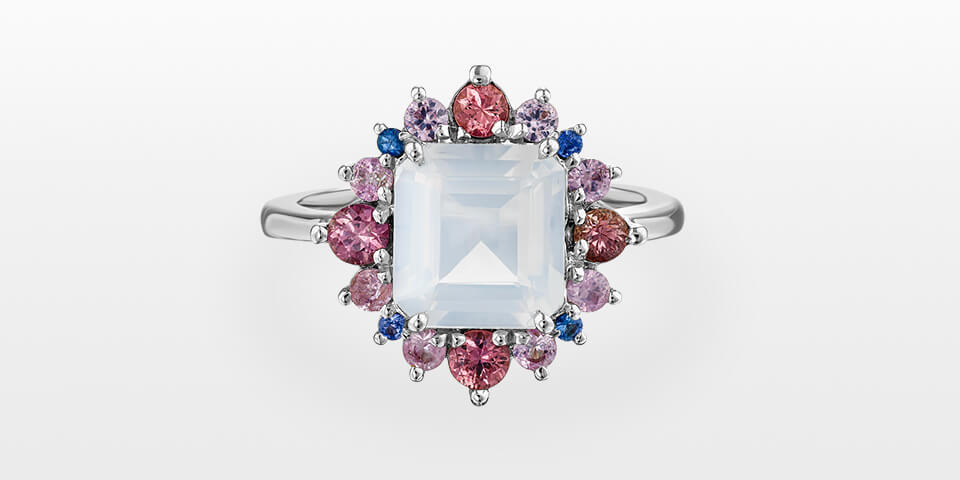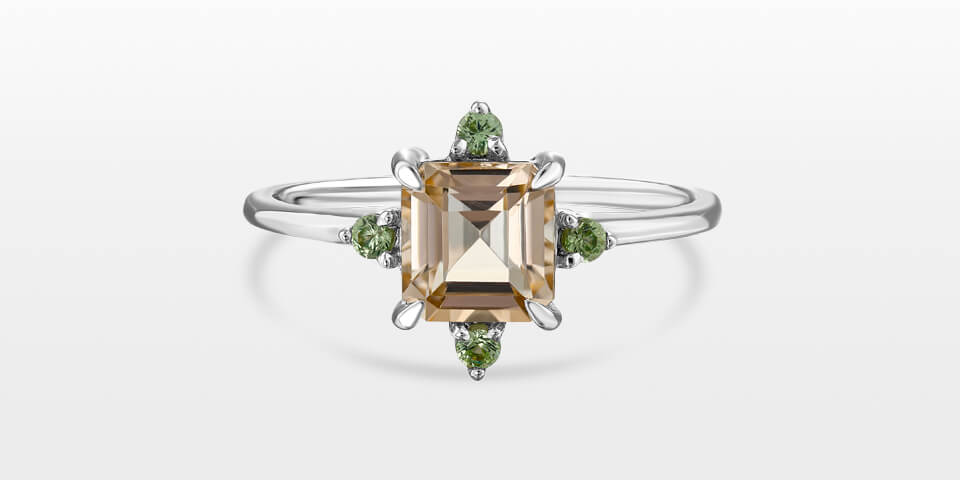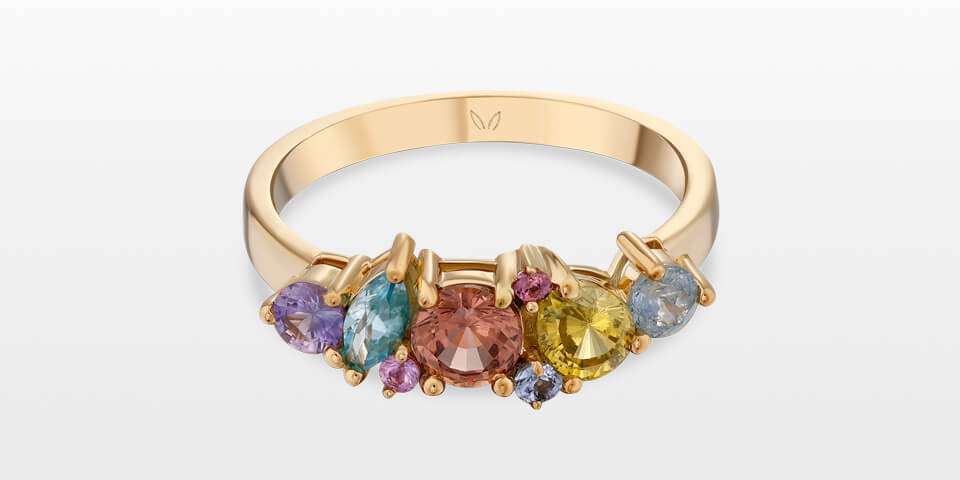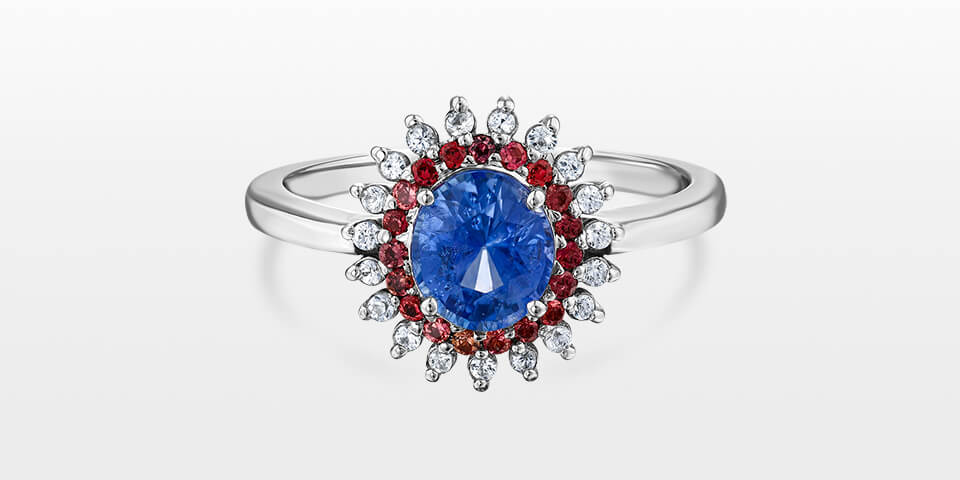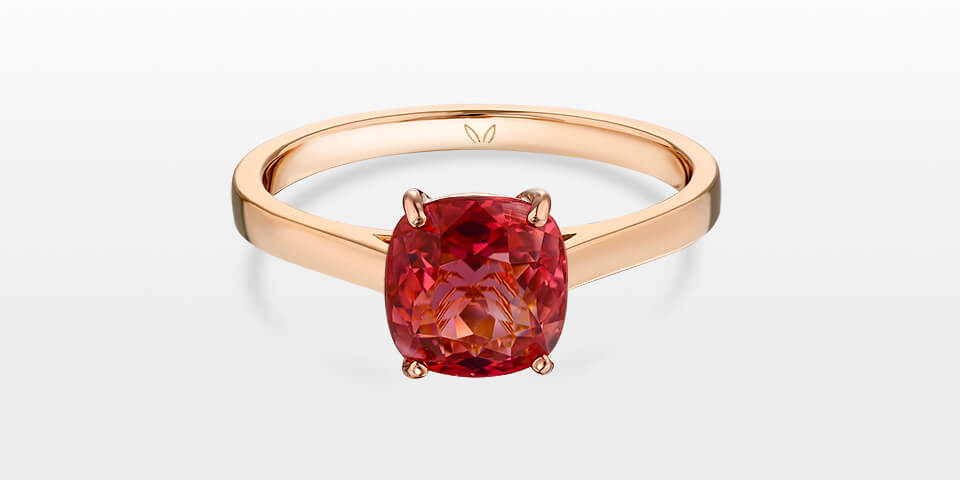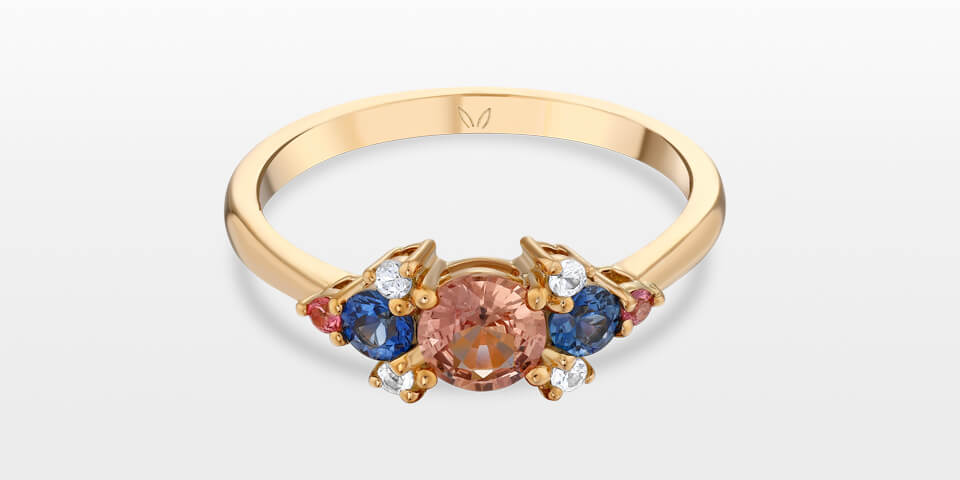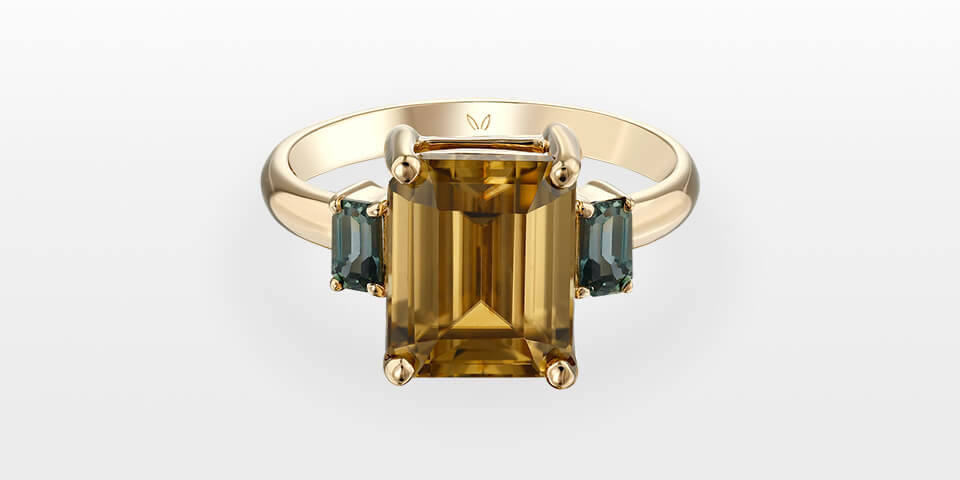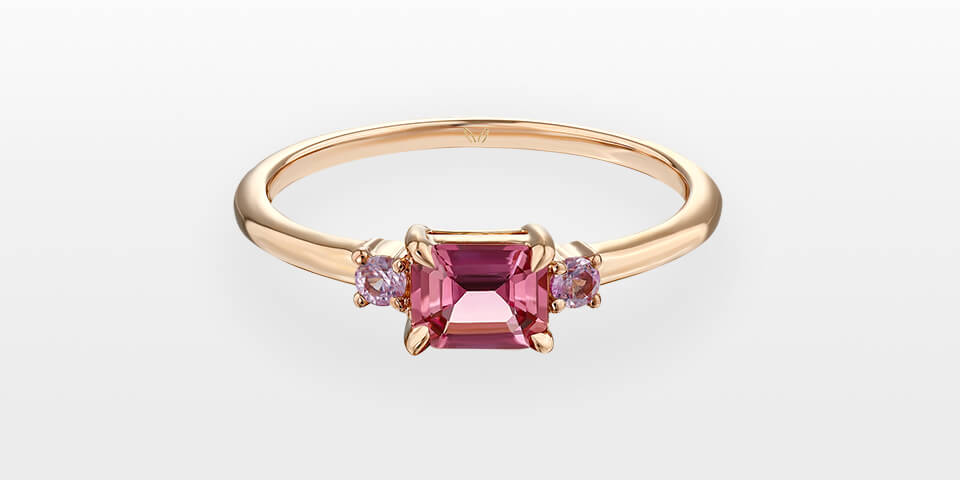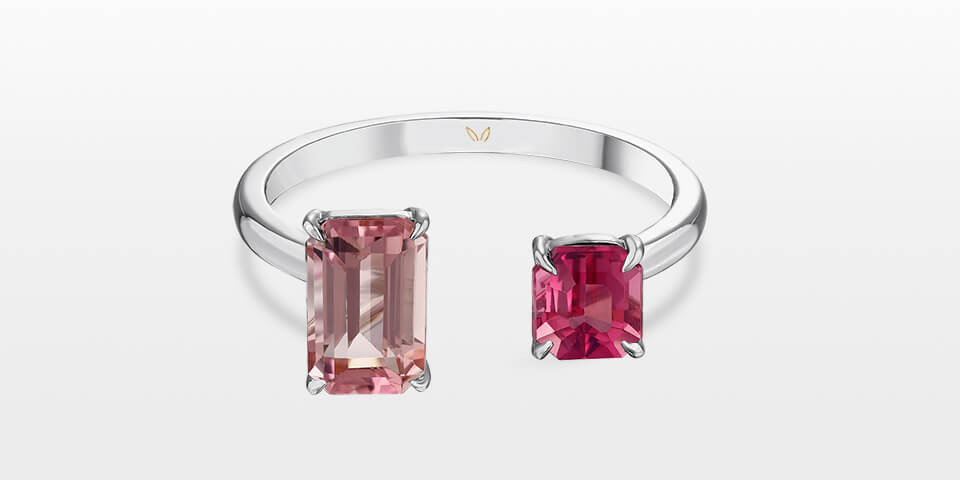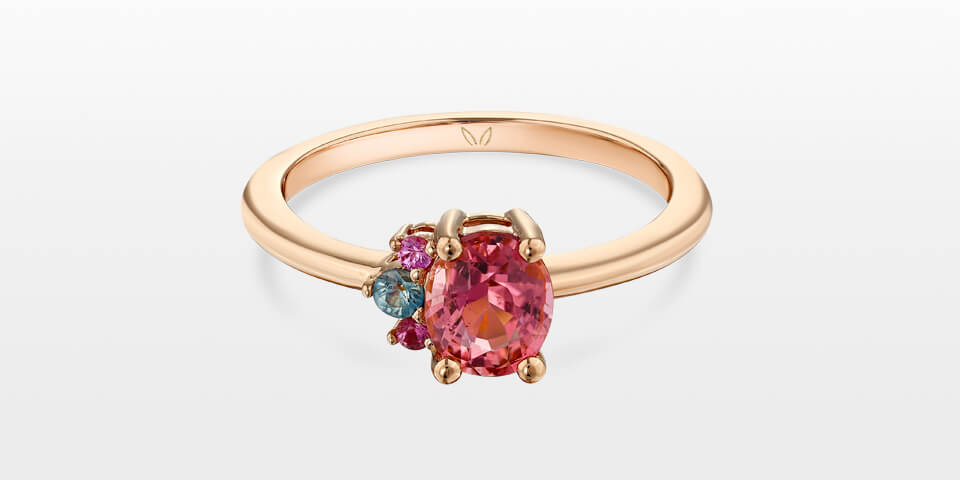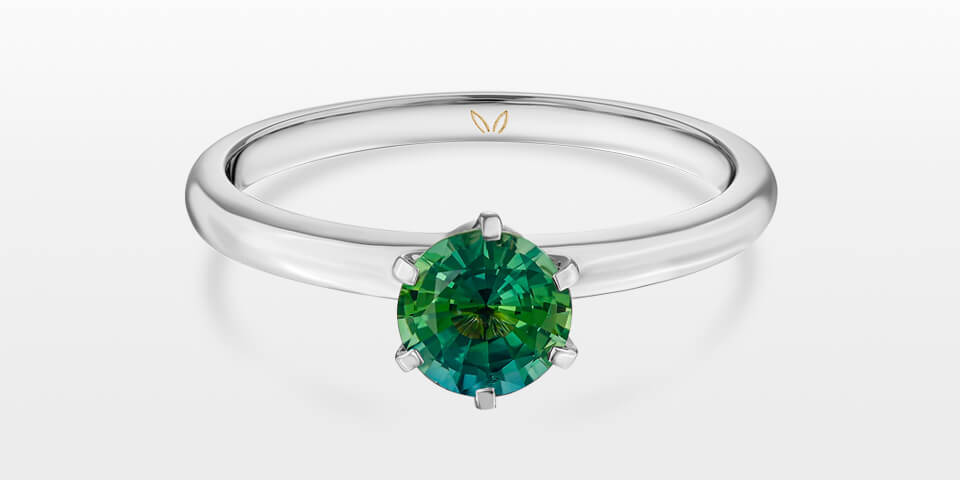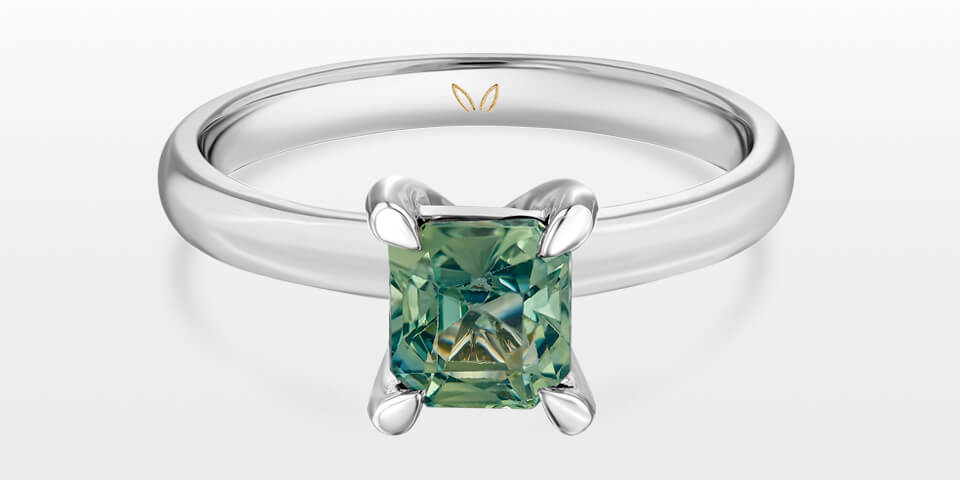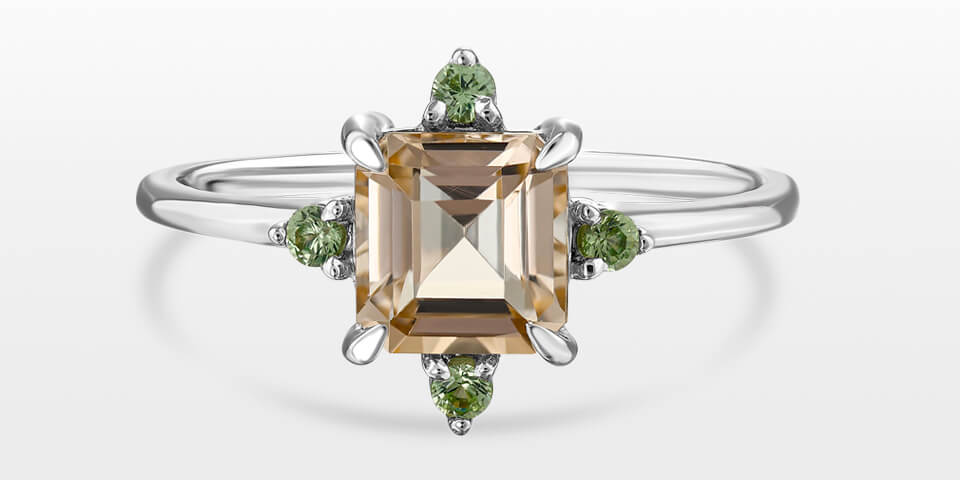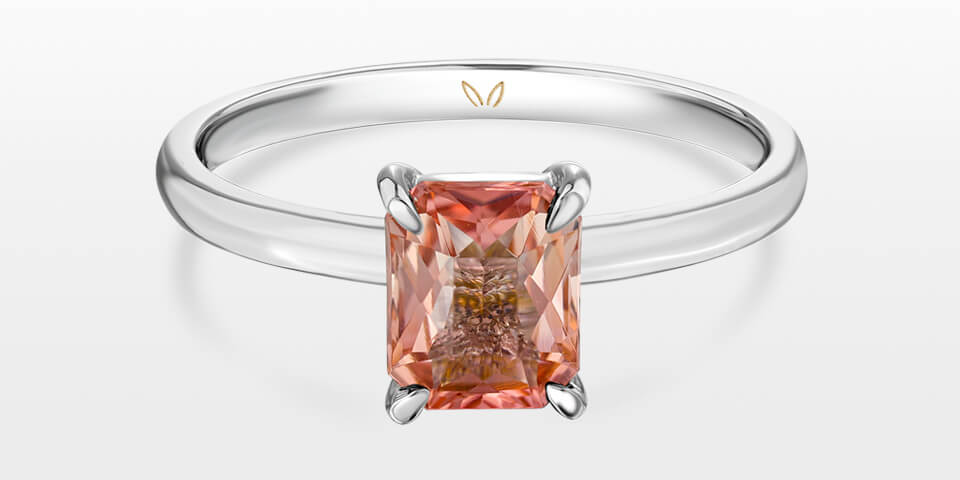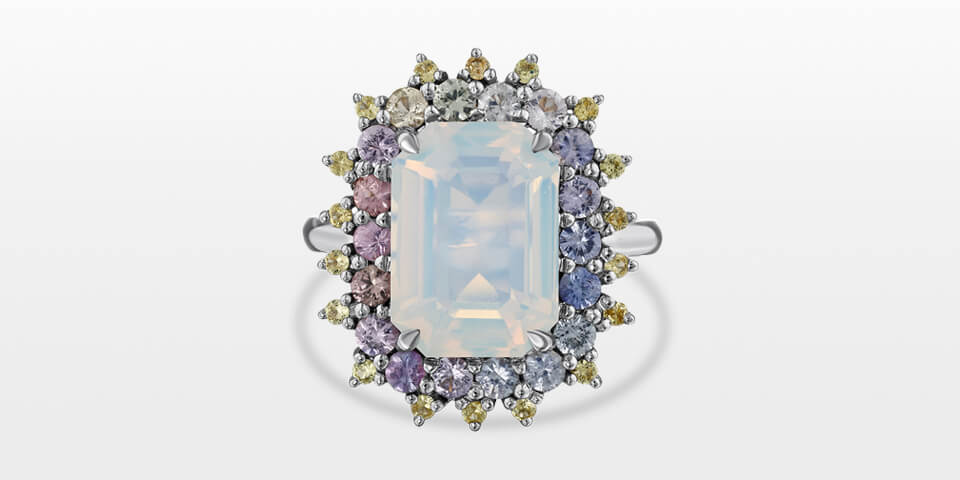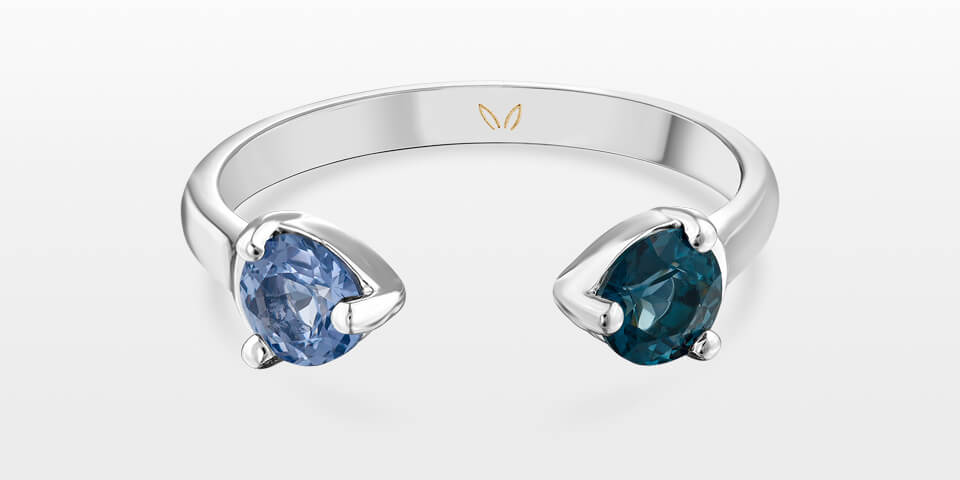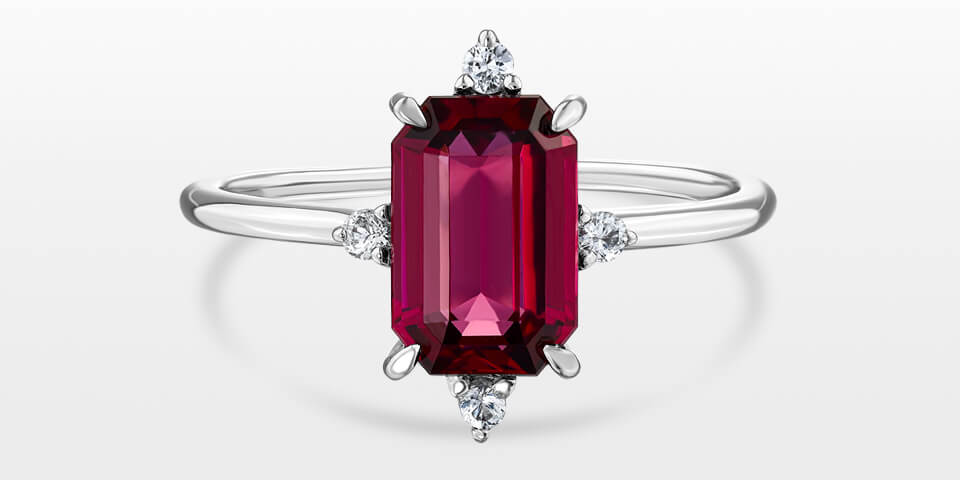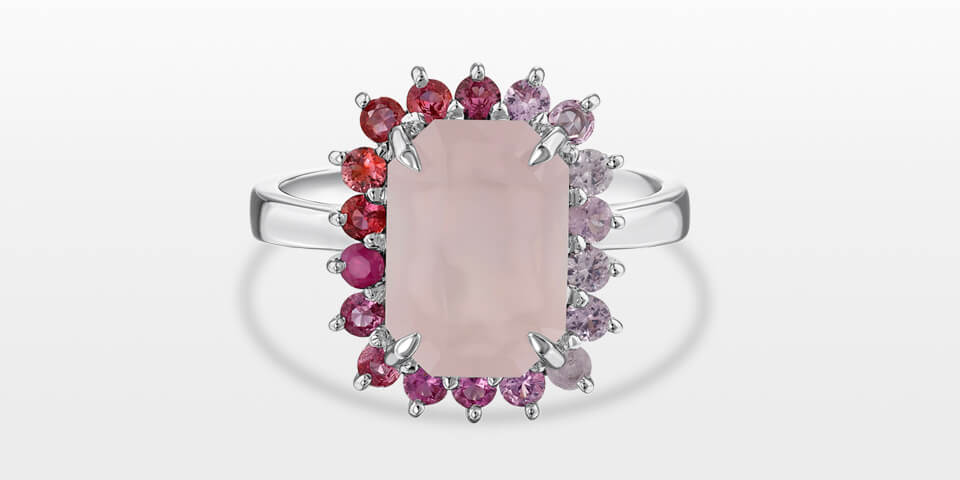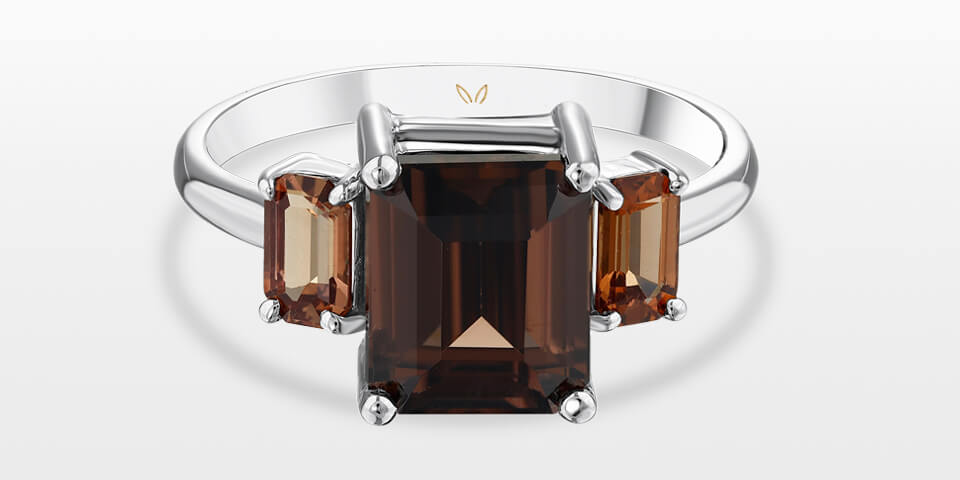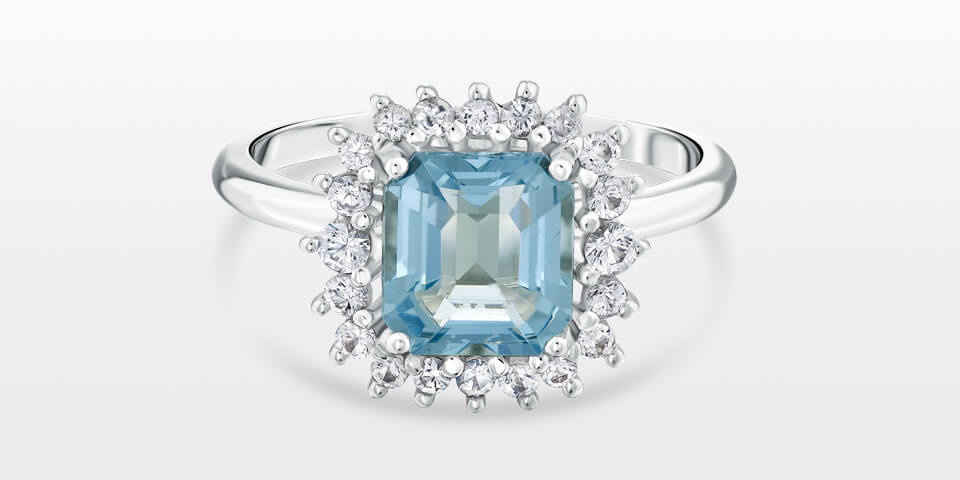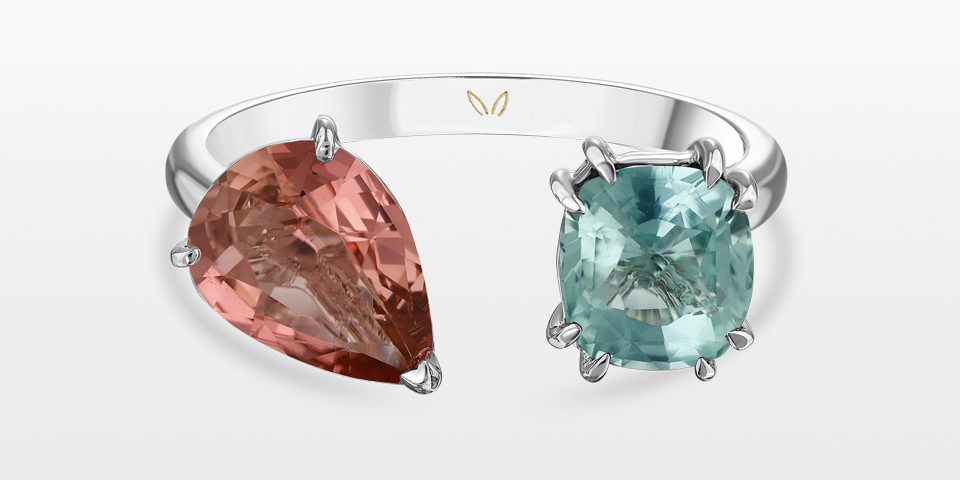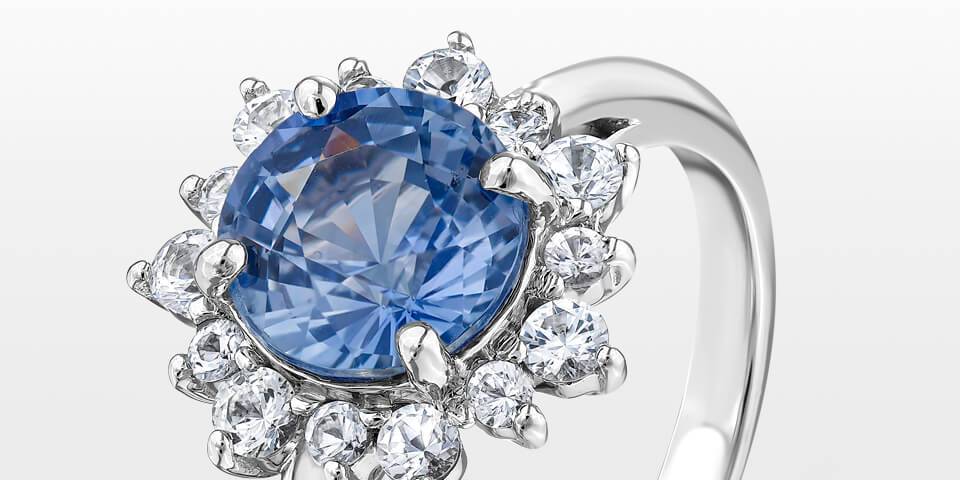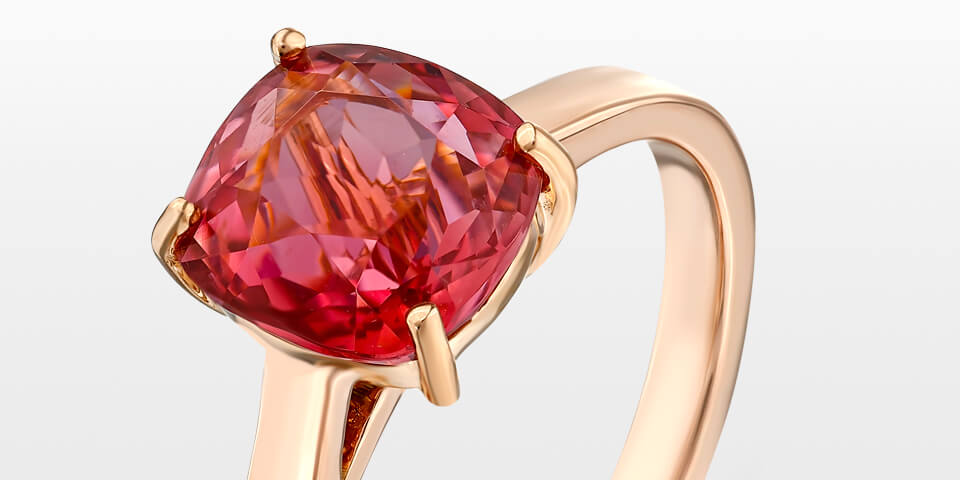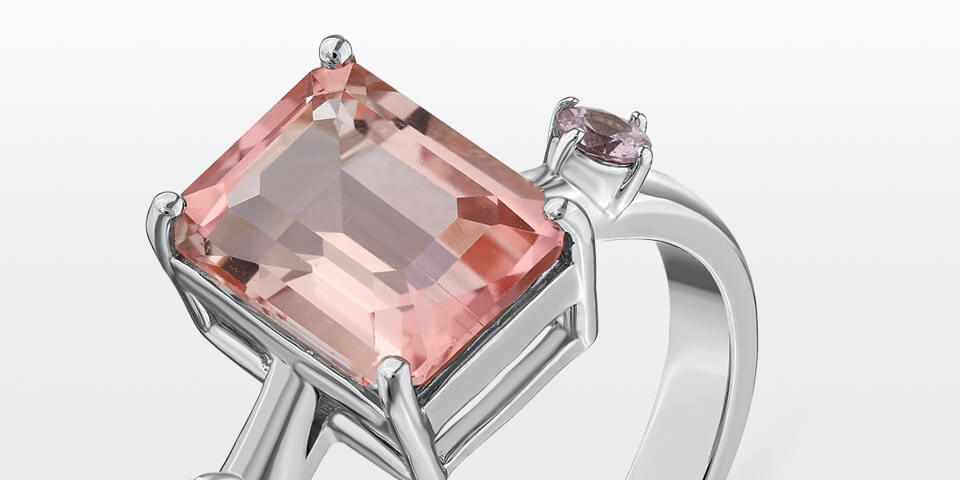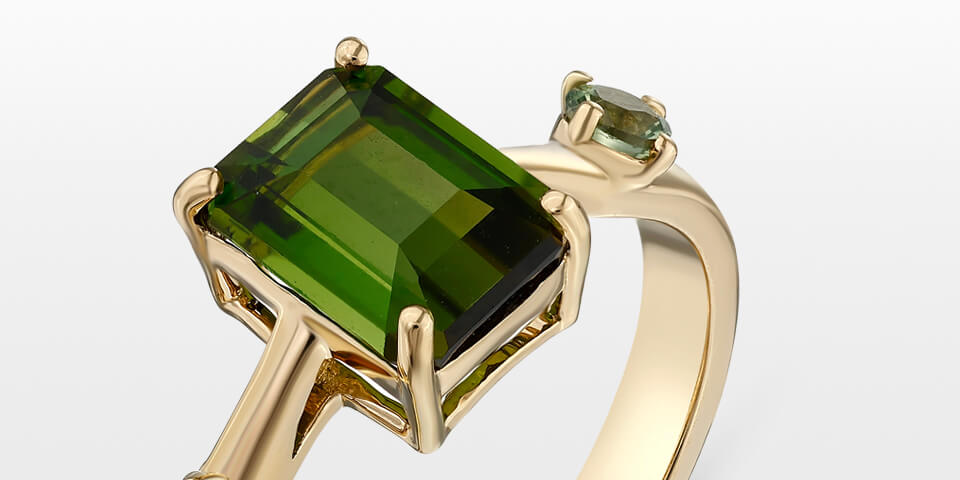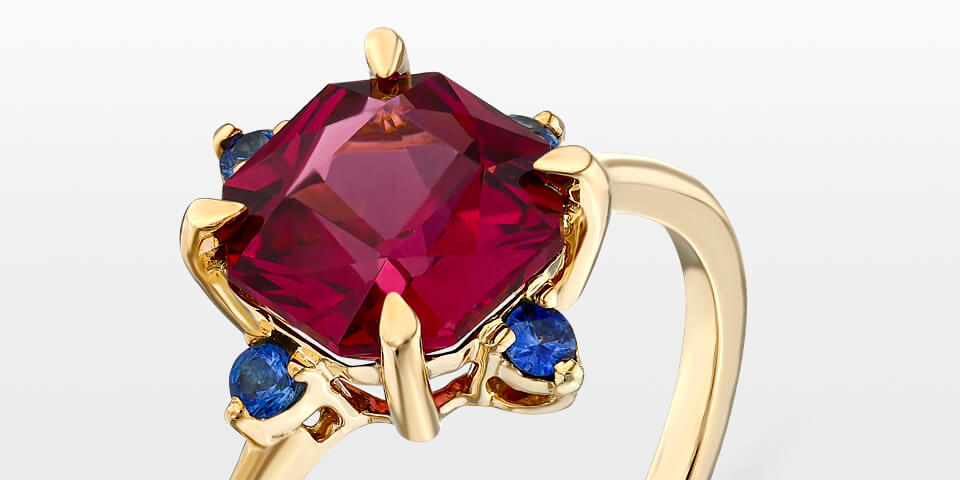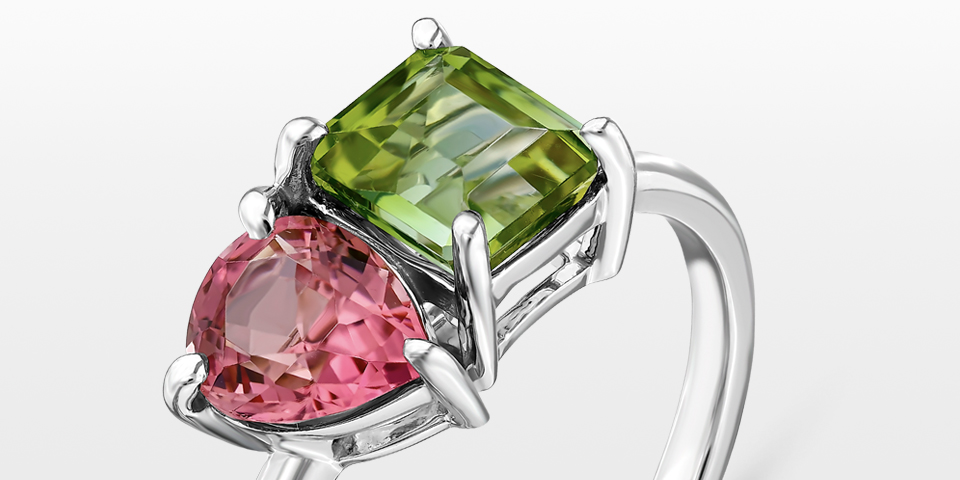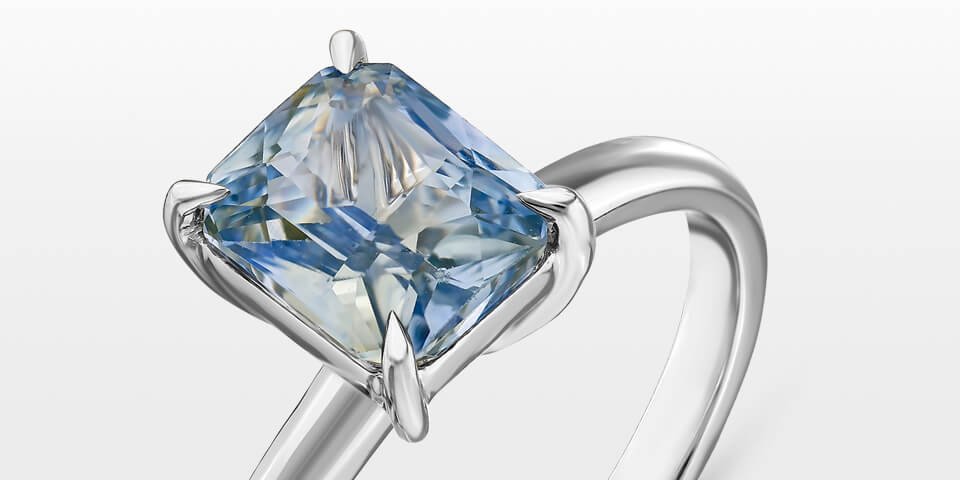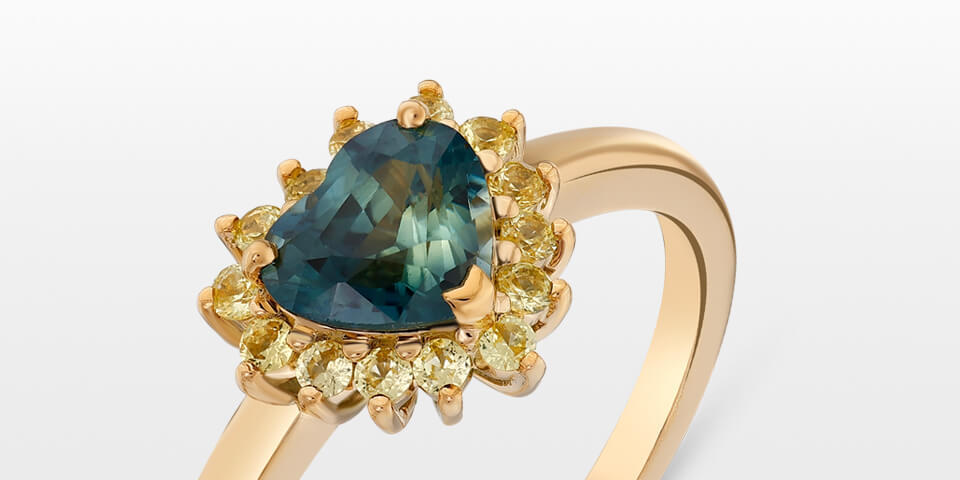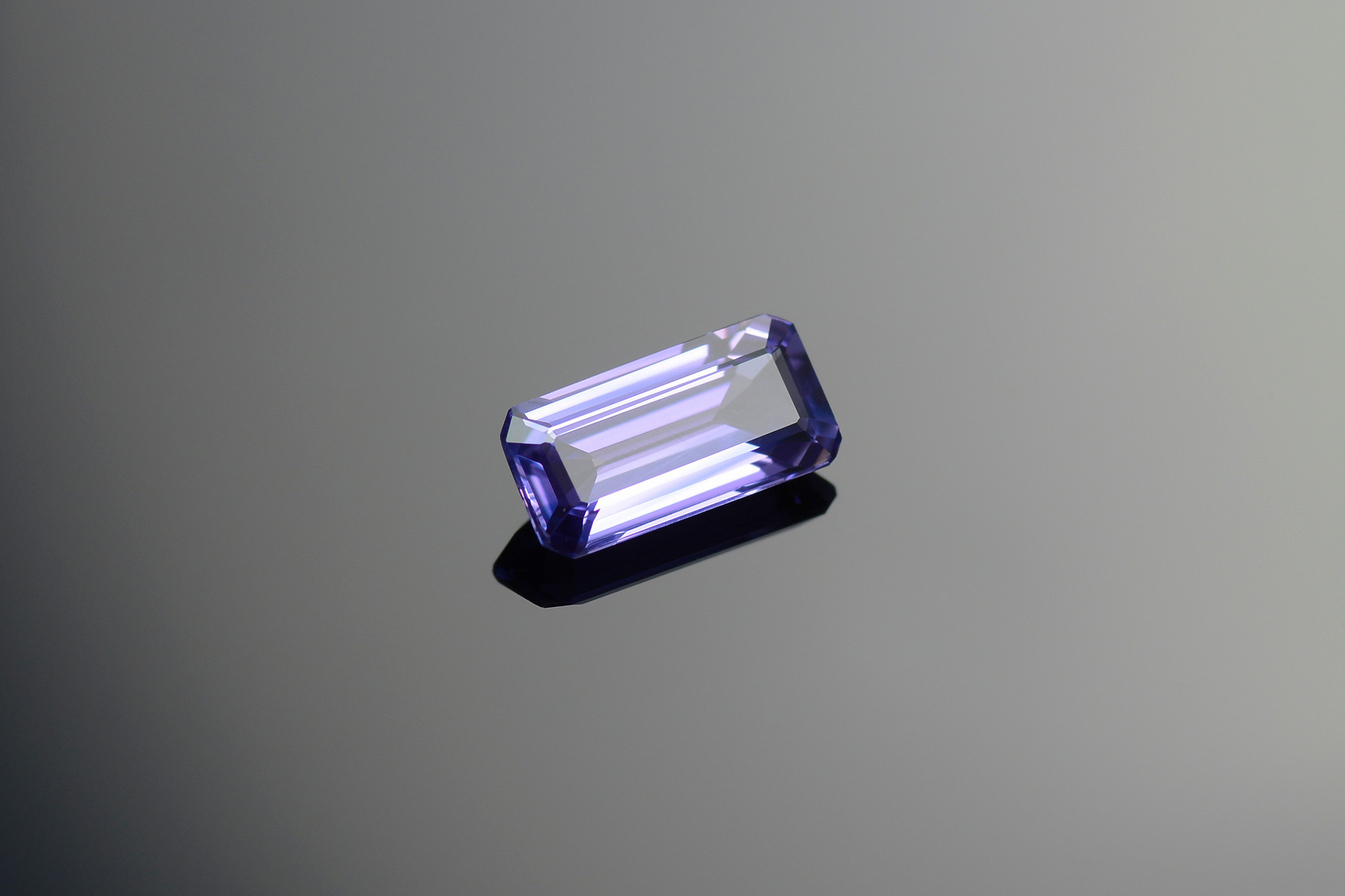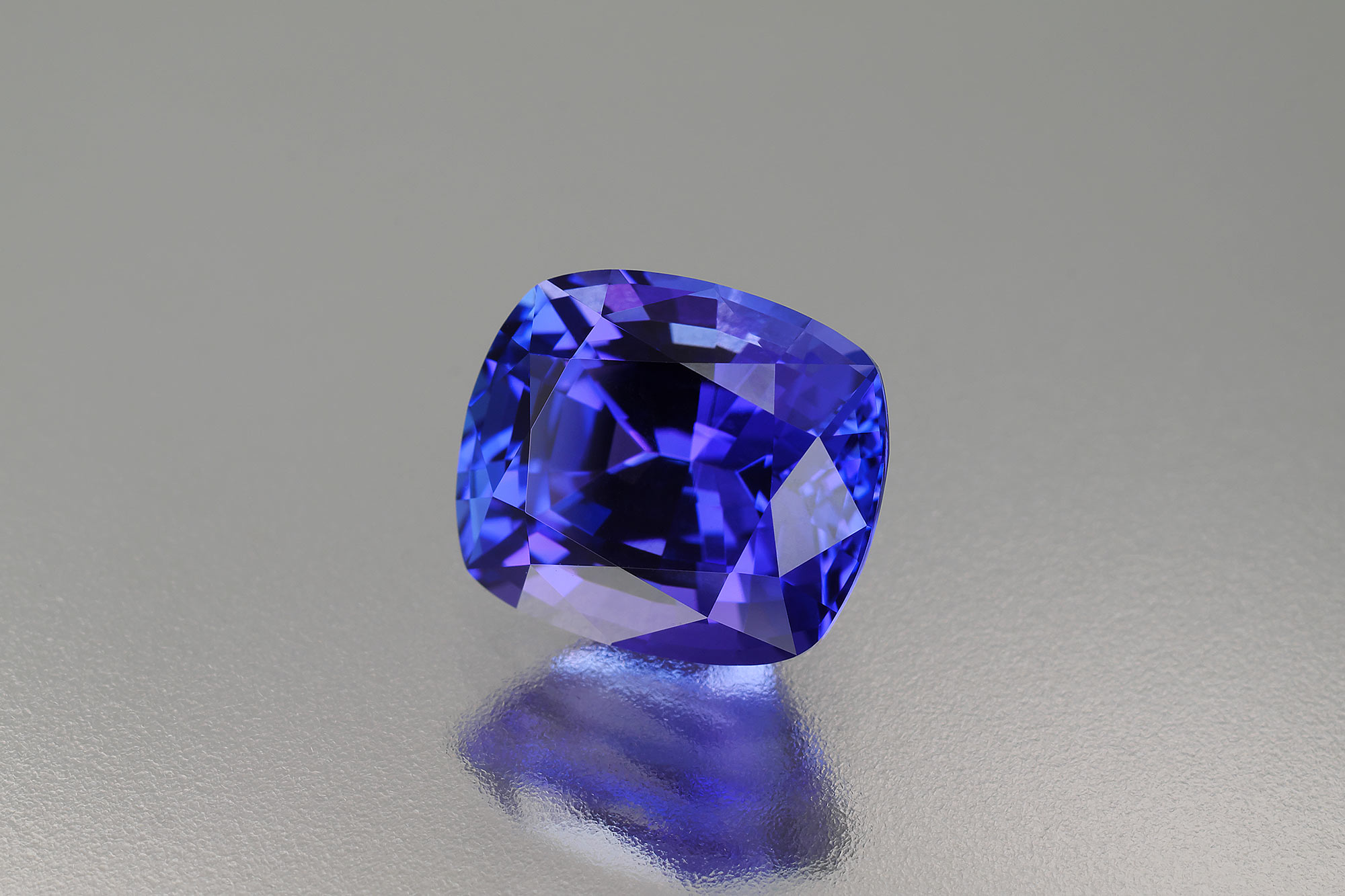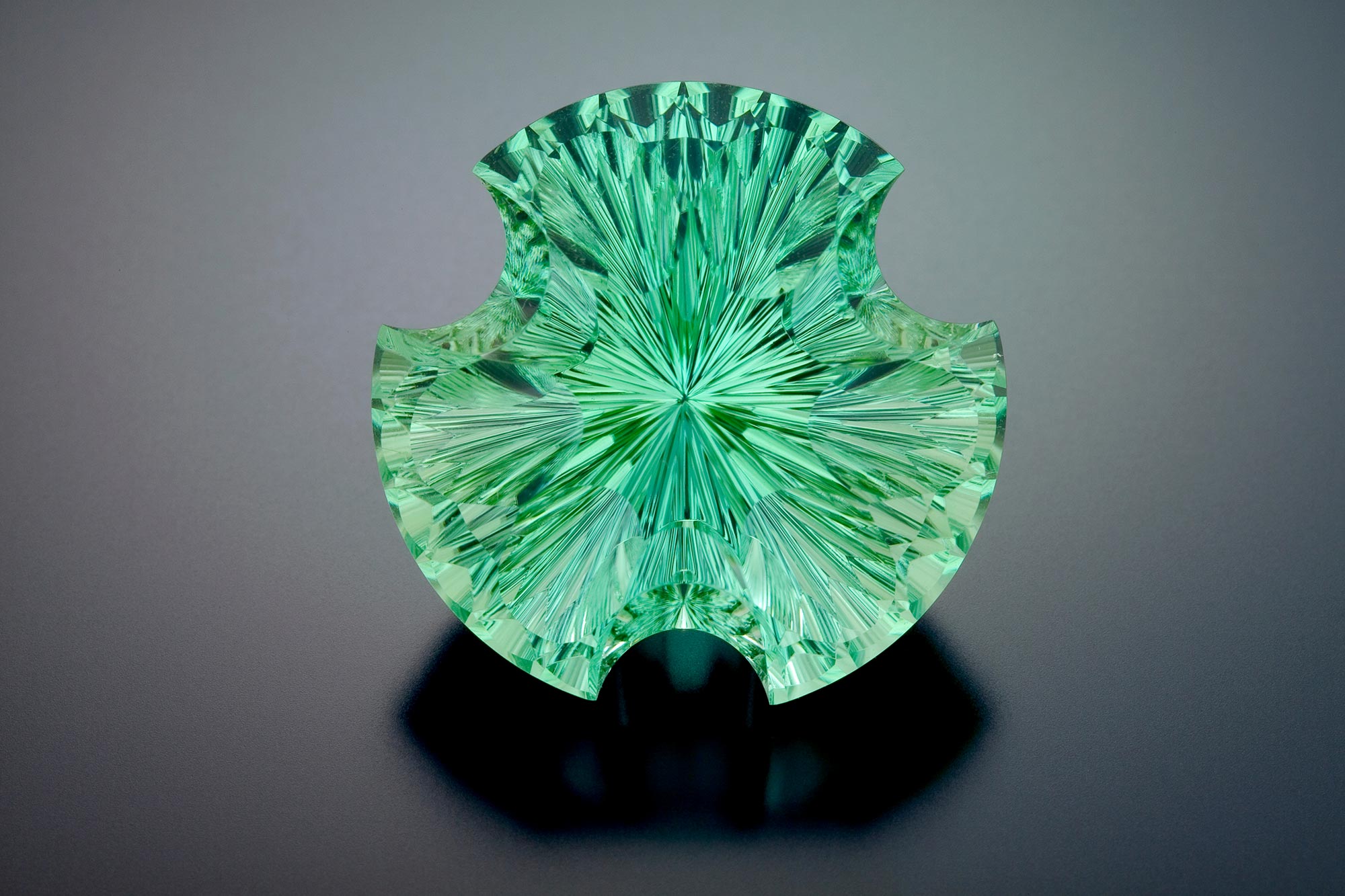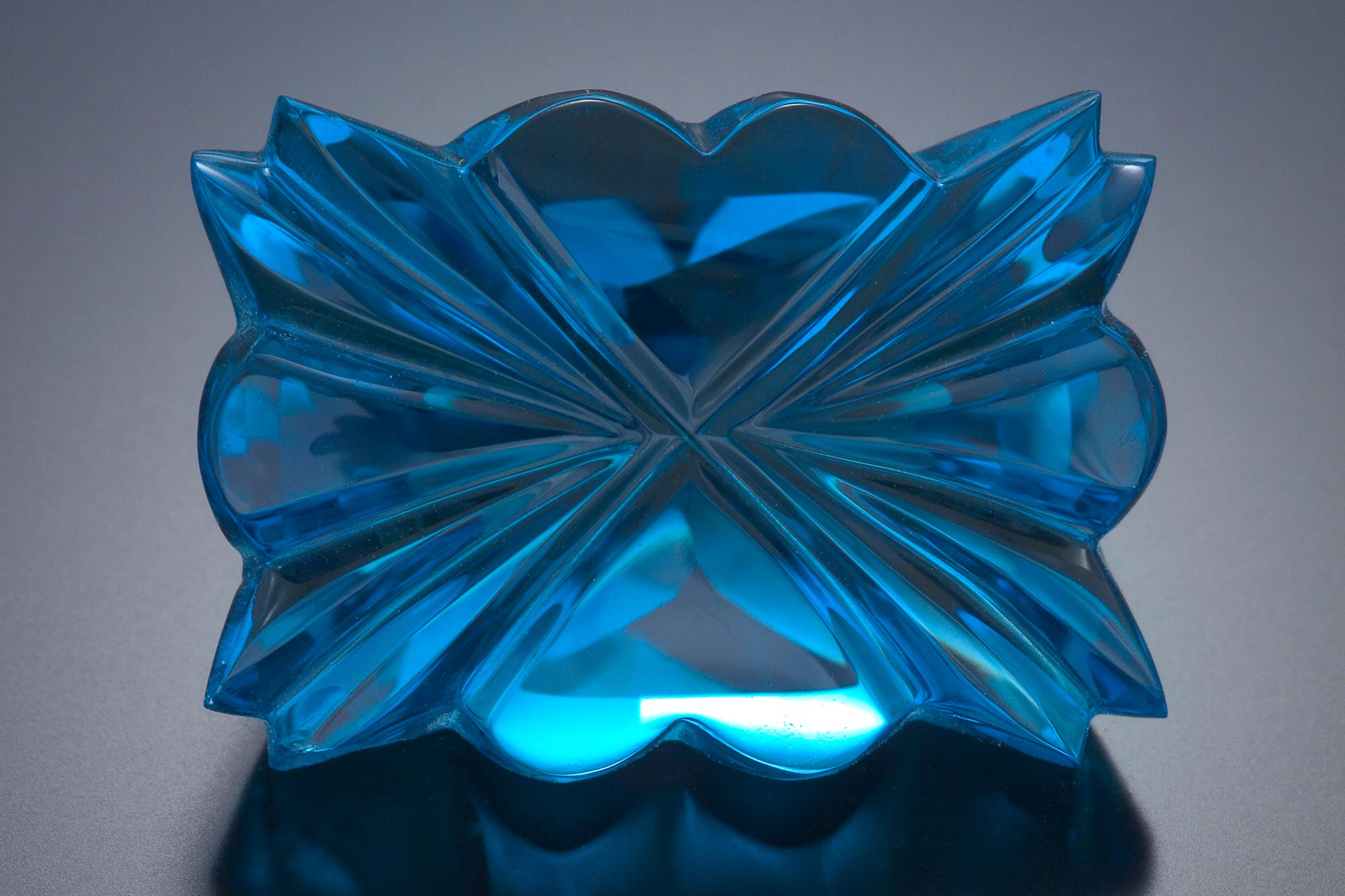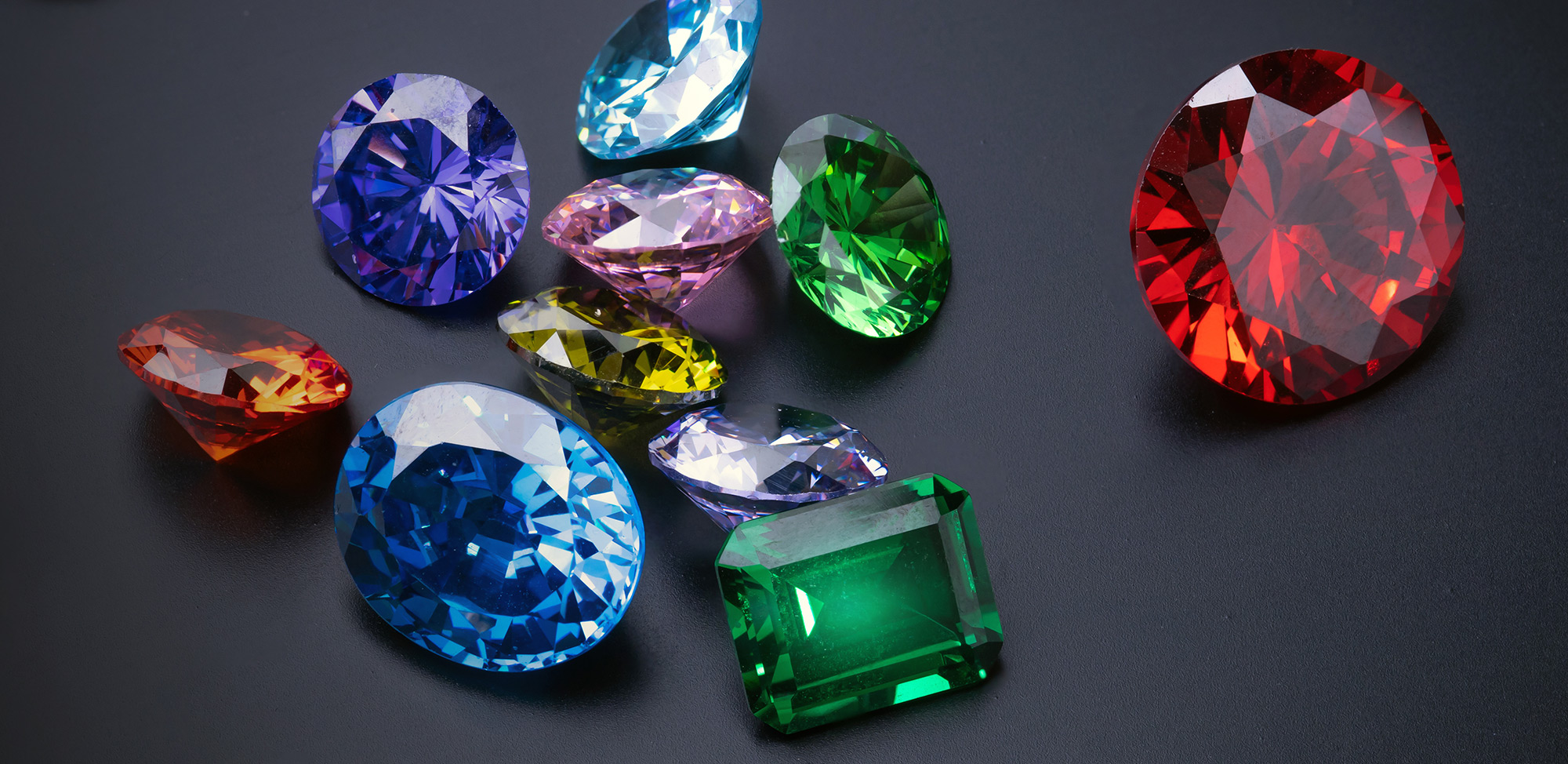
What are the Gem Cuts?
Many different gem cuts are used to bring out the beauty and value of a gemstone. In addition, these gem cuts can vary according to the use of gemstones.
Brilliant Cut
Brilliant cuts enhance brilliance. They are also applied to colored stones to intensify, cover up, and even out patchy color. Their facets are roughly triangular or kite-shaped, and they are cut vertically from crown to pavilion. As long as the facets are triangular, the stone's actual shape can be any of round, oval, pendeloque, or even freeform.
Cabochon
Cabochons are gems that have a flat back and a dome-shaped top. In relation to the stone's outline dimensions, the dome itself can be flat or tall. The high dome is used to draw attention to certain stones' unique optical characteristics, such as asterism, iridescence, or the cat's-eye effect. The dome is typically shallower when a gem's basic structure includes color or pattern in order to best display the color or pattern. In terms of their outlines, cabochons can take almost any form.
